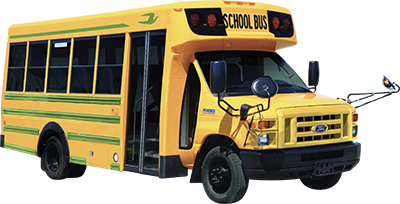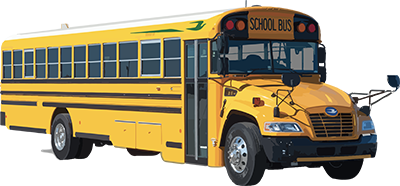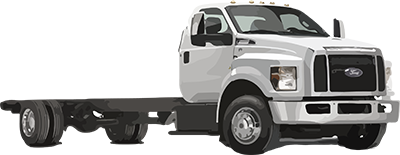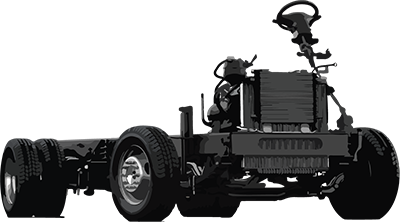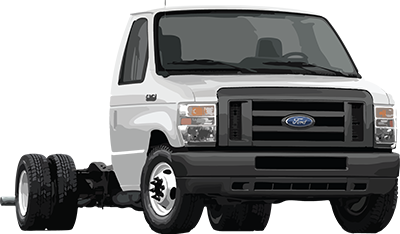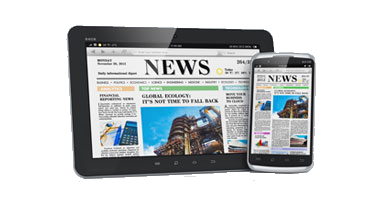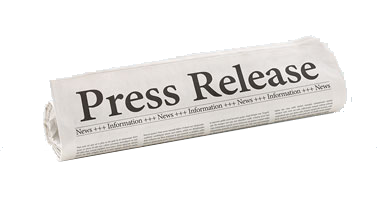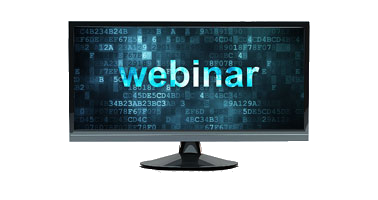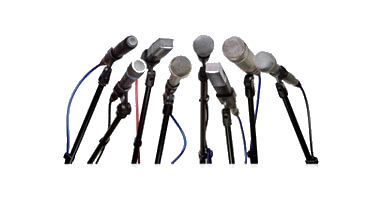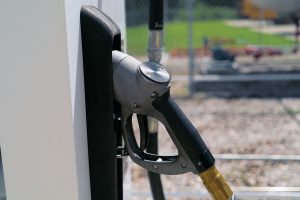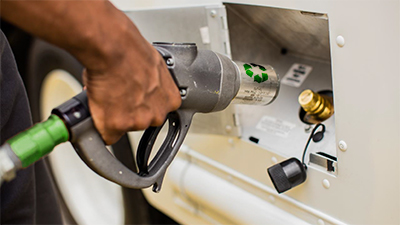Gen 4 Fuel System Improvements
One of the biggest competitive advantages we all have in this business is being tied to a major OEM’s high-volume production lineup of engines and transmissions. Like every major OEM powertrain manufacturer, Ford constantly evaluates opportunities for design, quality and customer satisfaction improvements in their products. Sometimes these changes can be rolled out in the middle of a production year, other times it requires a more coordinated and defined launch.
When Ford launched the 2016 model year 6.8L V10 engine, they made some modifications to the engine. These updates to the engine opened an opportunity to make updates to the fuel system.
Ford reduced the maximum engine speed and horsepower to improve emissions — while maintaining torque. Ford’s changes to the engine also include a modification of the transmission shift schedule to optimize the new engine speed.
In response, ROUSH CleanTech has modified the EconoShift and PowerShift calibrations. The Gen 3 versions of these calibration options offered the possibility of a significant difference in performance and fuel economy. In Gen 4, the difference between the two will be less noticeable, as the engine and shift schedule for the PowerShift calibration is more highly optimized already.
Serviceability Improvements:
- The sending unit was moved inboard (instead of outboard) to the top of the tank, with an access panel in the floor of the bus for easy access.
- The bleeder valve has a new, more convenient location at the bottom of the end-cap, near the manual shut-off.
- The pre-injector filters in Gen 4 are located outside of the fuel tank (instead of inside), making it easier to replace or service.
- The fuel lines no longer use Jiffy-Tite quick-connect fittings, and the new connections don’t require any special tools to service.
Fuel Level Reading Accuracy Improvements:
- The fuel level sender has been re-sourced and re-designed, and will now read fuel levels much more accurately.
- The 80 percent overfill protection device was moved from the end cap to the top center inside the tank, to provide a more complete fill (even when on a grade) and easier serviceability.
System Reliability Improvements:
- The tank pressure temperature sensor now reads the pressure of the tank and rail separately. This update improves diagnostics and helps monitor the overall performance of the fuel system.
- The flow control solenoid, a tank component, is now part of the return valve to offer better integration into the fuel system.
- The excess pressure relief valve sits at the bottom of the tank, instead of the top, to further comply with the certain states’ interpretation of NFPA-58.
- The Gen 4 dual fuel pumps are variable speed and adjust output based on engine need, extending the overall life of the fuel pump.
- The fuel tank supply solenoid is controlled by the PCM and activates when power is supplied to the fuel pumps. This more robust design consists of an excess flow valve, automatic shut-off valve and a manual shut-off valve.
- The return valve replaces two check valves found in the Gen 3 system. A back check valve, on/off flow control solenoid and ORB fuel line connection make Gen 4 both simpler and more robust than previous generations.
- The fuel rail pressure control module is lighter in weight and smaller, with the solenoid count pared down. The module is now mounted to the engine to create a more contained system that reduces vibration between the engine and the FRPCM.
- The fuel rails are thinner to improve start times by up to 50 percent.

The launch of our Gen 4 technology aligns ROUSH CleanTech fuel system components with the latest Ford modifications, and ensures the best experience for our Blue Bird bus customers. It keeps our competitive advantage strong – staying current with Ford’s latest engine technology improvements – while delivering serviceability, reliability and quality improvements for dealers and customers.


